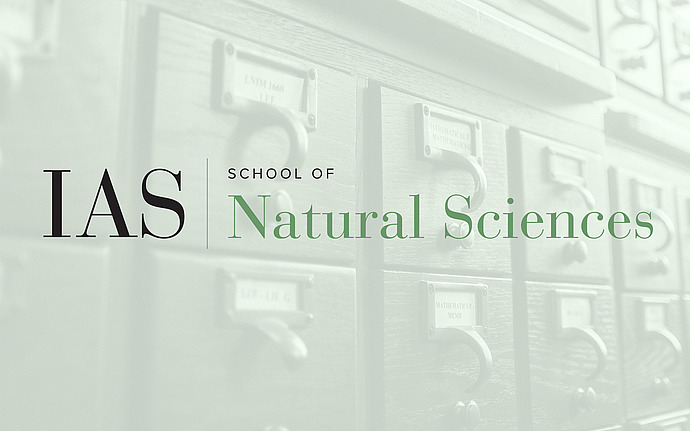
Institute for Advanced Study / Princeton University Joint Astrophysics Colloquium
The Tale of the Multiply-imaged Standard Candle Supernova "H0pe" That Yielded a Value for the Current Expansion Rate of the Universe
We present results from the James Webb Space Telescope (JWST) Prime Extragalactic Areas and Reionization and Lensing Science (PEARLS) program in the direction of galaxy clusters, from the spectacle of "first light" observations to the scene of vast panoramas of gravitationally-lensed arcs. One point-source was discovered in the galaxy cluster field PLCK G165.7+67.0 (G165) that was bright and appeared in three locations as a result of strong gravitational lensing. Follow-up observations confirmed this source to be a normal Type Ia supernova (SN) at a redshift of 1.783 that we call "SN H0pe." The SN host galaxy is centrally-situated in a high star-forming galaxy group. A delay in the arrival times of the SN light into each image arises from their different geometric light paths, which together with a gravitational lensing model, returns a value for the Hubble-Lemaitre constant "H0." Under double-blinded protocols, the two time delays were measured by a photometric approach and a rare spectroscopic approach, and seven lens models were constructed. The time delays were augmented by measurements of the absolute magnifications, summing up to a set of five observables. By a scaled fit of the lens model-predicted observables to the measured set, a best-fit value was inferred of H0 = 75.7(+8.1)(-5.5) km/s/Mpc. This is only the second time H0 has been measured by this method, and the first time using a standard candle. Regular monitoring of G165 and galaxy cluster fields with similar properties may be well-rewarded by the detection of additional strongly-lensed SNe.
Date & Time
Location
Peyton Hall, Auditorium, Princeton UniversitySpeakers
Additional Info
Event Series
Categories
Notes
10:30am Coffee Peyton Grand Central
11:00am Lecture in Peyton Auditorium